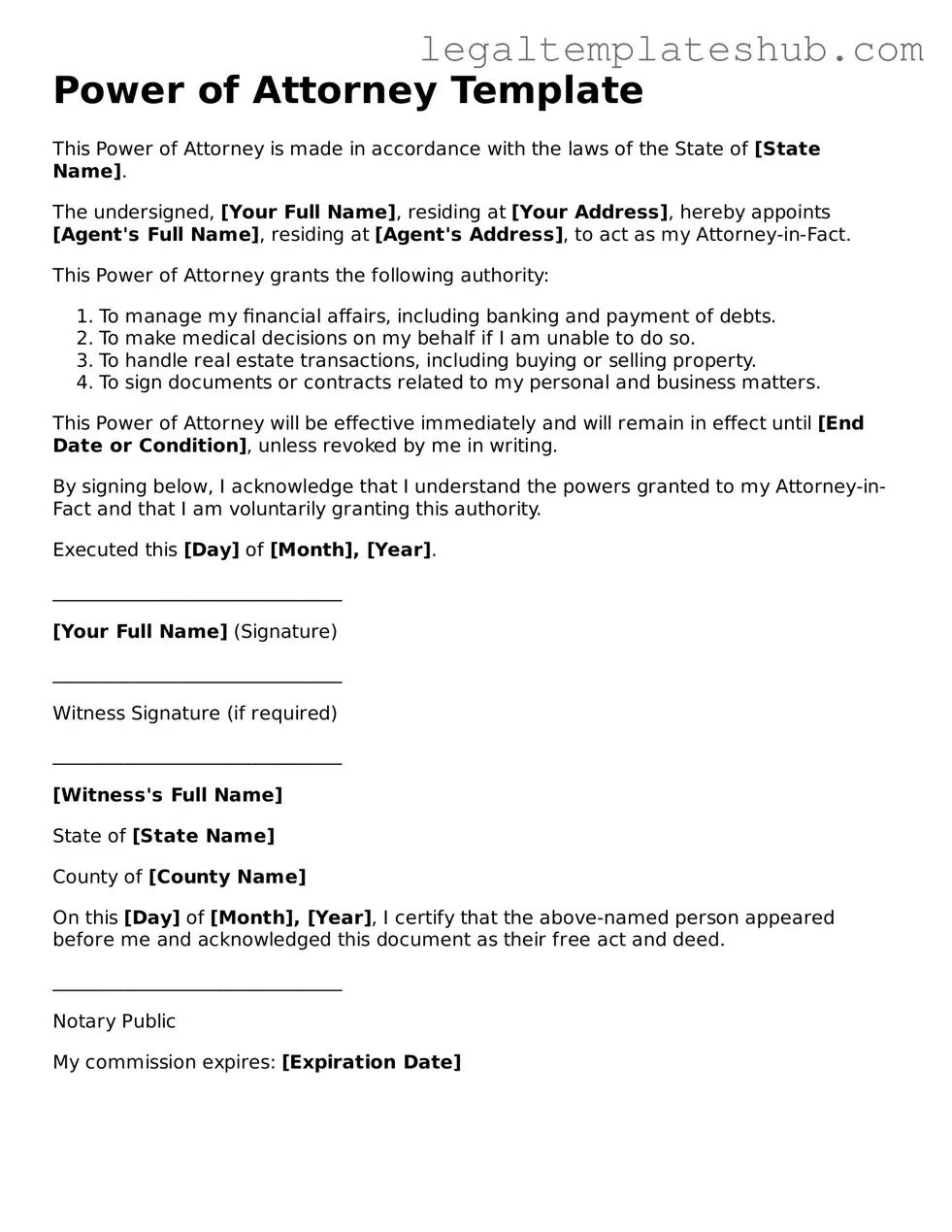Printable Power of Attorney Template
A Power of Attorney form is a legal document that allows one individual to grant another person the authority to make decisions on their behalf. This arrangement can cover a wide range of responsibilities, from financial matters to healthcare decisions. Understanding the implications and benefits of this form is crucial for anyone considering this important legal tool. Fill out the form by clicking the button below.
Access Editor
